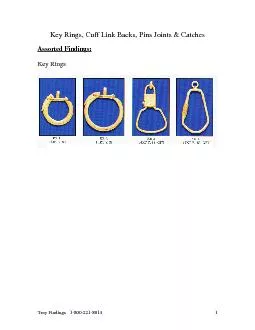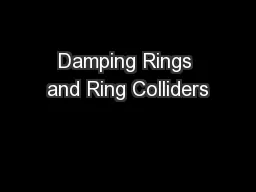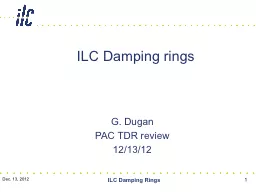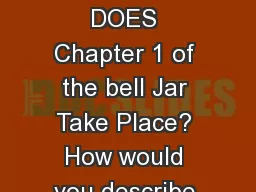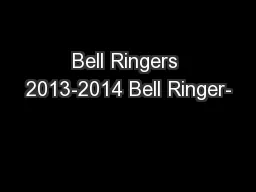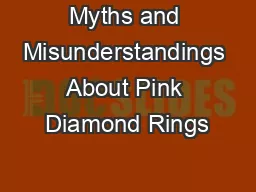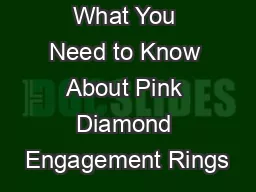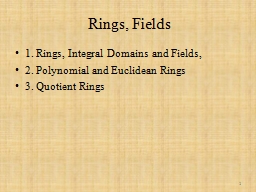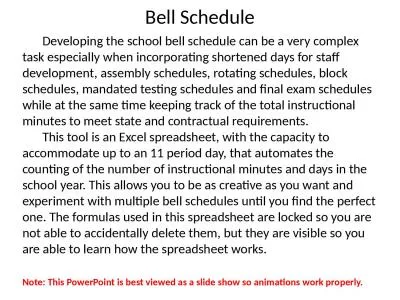PPT-Do Now When the bell rings
Author : avantspac | Published Date : 2020-07-04
In your seat With penpencil With Notebook With Handout Packet from last class on your desk Silent and ready for Do Now After the bell 2 min Answer the following
Presentation Embed Code
Download Presentation
Download Presentation The PPT/PDF document "Do Now When the bell rings" is the property of its rightful owner. Permission is granted to download and print the materials on this website for personal, non-commercial use only, and to display it on your personal computer provided you do not modify the materials and that you retain all copyright notices contained in the materials. By downloading content from our website, you accept the terms of this agreement.
Do Now When the bell rings: Transcript
Download Rules Of Document
"Do Now When the bell rings"The content belongs to its owner. You may download and print it for personal use, without modification, and keep all copyright notices. By downloading, you agree to these terms.
Related Documents


